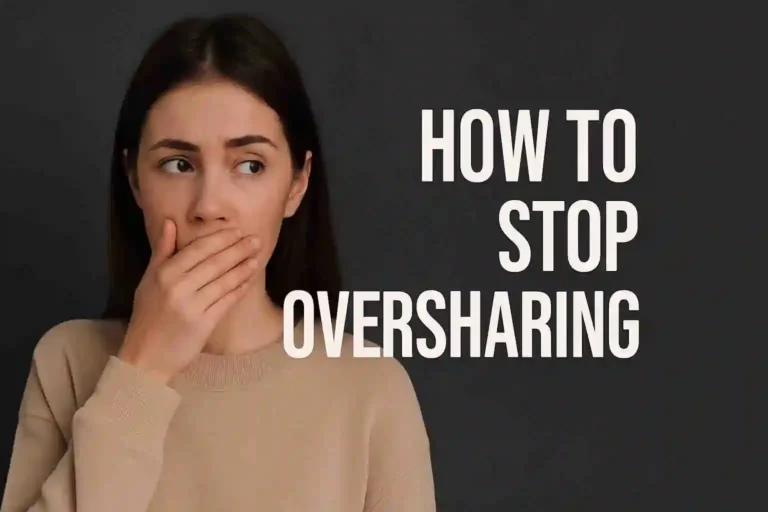How to Build Real Confidence Without Faking It
If you’ve ever stood in front of a mirror and told yourself to be more confident, you’re not alone. Many people wonder how to build confidence without feeling fake or forced. The truth is, real confidence doesn’t come from pretending. It comes from taking small, honest steps to trust yourself more each day. In this guide, you’ll learn how to build confidence in a real, lasting way—without acting like someone you’re not.
In this article, you’ll learn what real confidence is, how it works in daily life, and simple ways to build it—without acting fake. We’ll also explain key terms, use real-life examples, and include some high-value tips that actually help.
What is Real Confidence?
Confidence means believing in your ability to do something. It’s not about being perfect. It’s about trusting that you can handle whatever comes your way—even if you don’t know everything.
For example, imagine you’re giving a presentation. A confident person may still feel nervous, but they go ahead and do it. They trust they’ll figure it out. An overconfident or fake-confident person might act loud or overly sure but crumble when things go wrong.
The Problem With Faking Confidence
When you fake it, people often notice. It creates pressure to act in a way that doesn’t feel natural. That pressure builds up and can lead to overthinking, anxiety, and burnout.
If you struggle with overthinking, check out our guide:
Overthinking Everything? Try These 3 Quick Fixes
Fake confidence might give you short-term gains, but it often causes long-term stress. What works better is building genuine self-esteem, one small success at a time.
Want more exclusive updates like this?
How to Build Real Confidence Without Faking It
Let’s look at some simple and effective ways to build real confidence in your personal and professional life.
1. Start With What You Know
It’s easy to feel insecure when you compare yourself to others. But instead of trying to match someone else, focus on what you already know and build from there.
Example: You might not be a pro at public speaking, but maybe you’re great at explaining things to your friends. That’s a skill you already have. Build from that.
Many personal development coaches recommend keeping a self-confidence journal. Writing down small wins every day helps you focus on growth instead of fear.
2. Break Goals Into Micro-Steps
One of the best ways to stop faking confidence is to set smaller, realistic goals that you can actually achieve.
Example: If your goal is to lose weight, don’t start with “I’ll go to the gym every day.” Start with “I’ll walk for 15 minutes three times a week.” When you meet small goals, your brain builds trust in yourself.
This is the same technique used in cognitive behavioral therapy (CBT)—a popular and proven method for managing anxiety and building belief in your abilities.
3. Speak Kindly to Yourself
Your inner voice shapes how you see yourself. If you keep telling yourself “I’m not good enough,” you’ll believe it—even if it’s not true.
Try saying things like:
- “I don’t know how to do this yet, but I can learn.”
- “It’s okay to feel nervous. I can still try.”
Example: You’re applying for a new job. Instead of thinking “I’ll mess it up,” tell yourself “I’ll do my best—and that’s enough.” That small shift builds authentic self-worth.
4. Practice in Safe Zones
Before you step out into the big world, try building confidence in smaller, safe environments.
Example: Want to get better at public speaking? Try talking in front of a mirror, or to a few friends. Want to pitch a startup idea? Practice it alone or with a mentor first. This reduces fear and increases success.
























